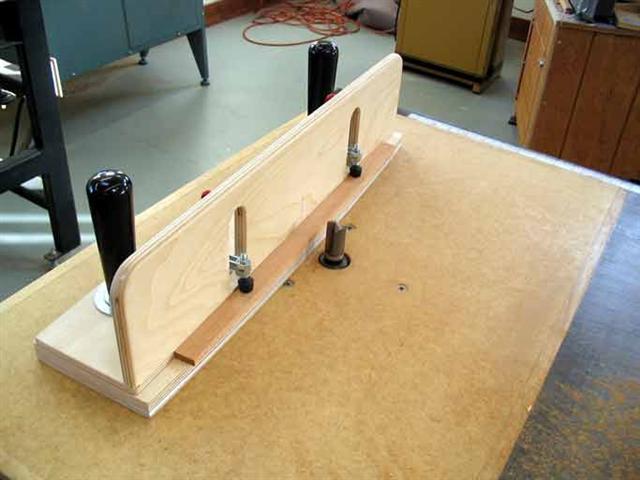
I'm making a brace profiling jig, similar to the above. Has anyone made one like this?
Someone used to sell plans for this on ebay. I made a couple versions and prototypes.
I like the safety guard, but you have to bend over it to see what you're doing. (Adding more risk)
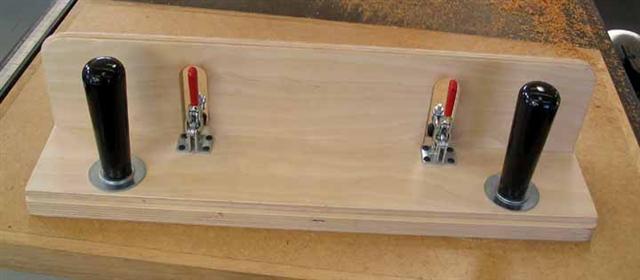
Improvements I plan to make are:
replace safety guard with plexiglass
add a third toggle clamp (to reduce vibrations and blowout on the ends)
Any input? Any pictures? Any plans?
 ) only difference is the possible danger factor. No blowouts, and if you use that great saw blade of yours, I bet your good to glue after the cut. (BG)
) only difference is the possible danger factor. No blowouts, and if you use that great saw blade of yours, I bet your good to glue after the cut. (BG)
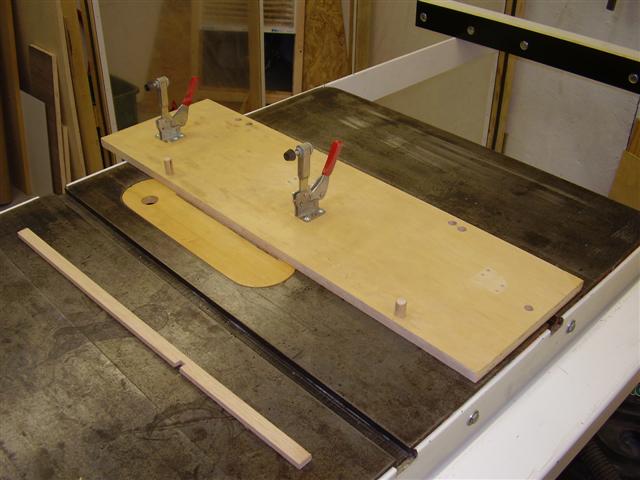
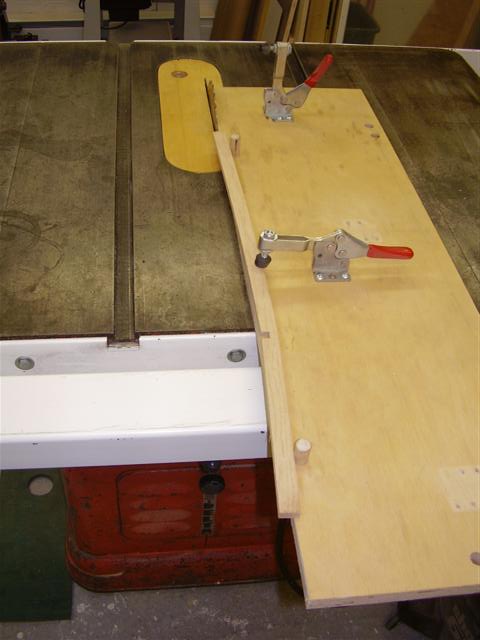
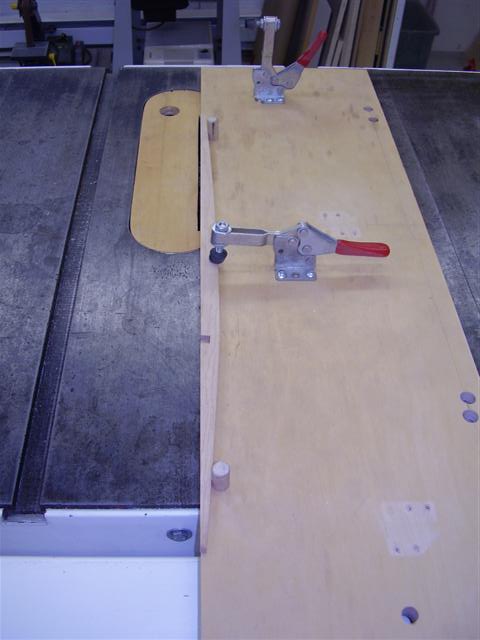
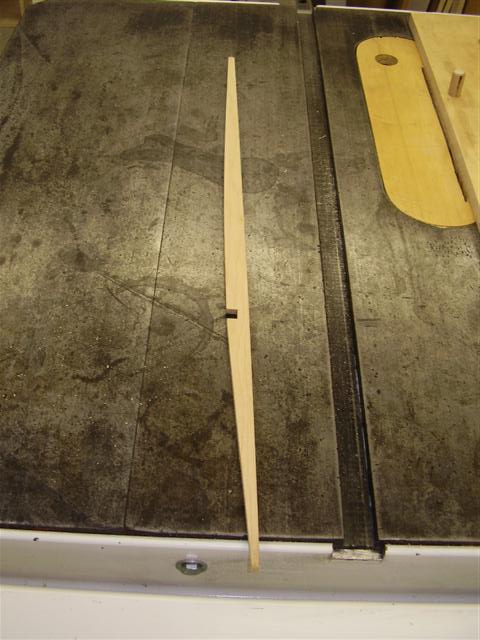
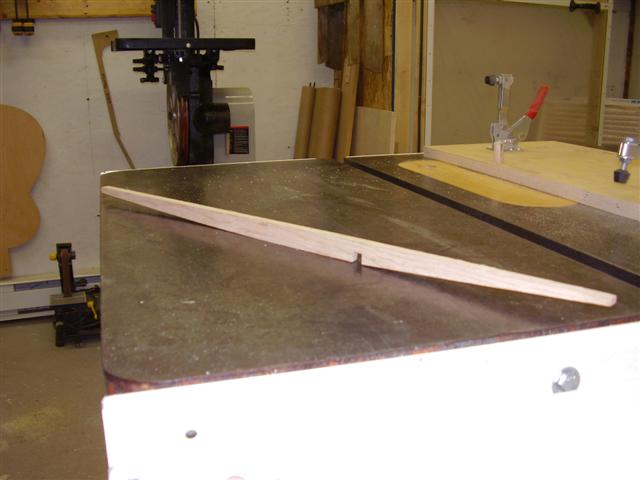
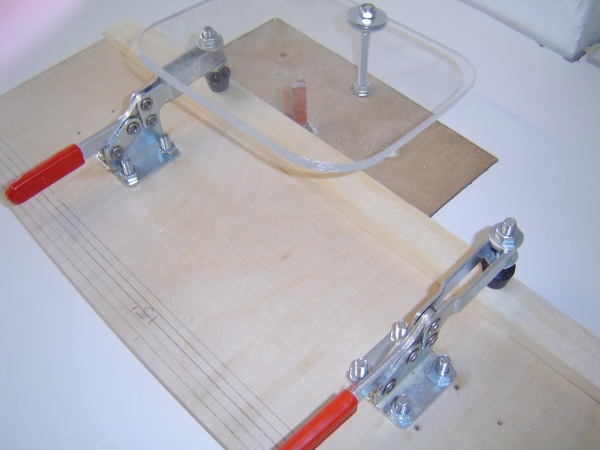
 . I love jigs an doodads but sometimes the direct simple approach makes sense.
. I love jigs an doodads but sometimes the direct simple approach makes sense.

